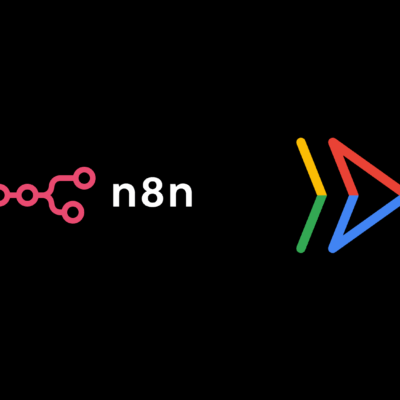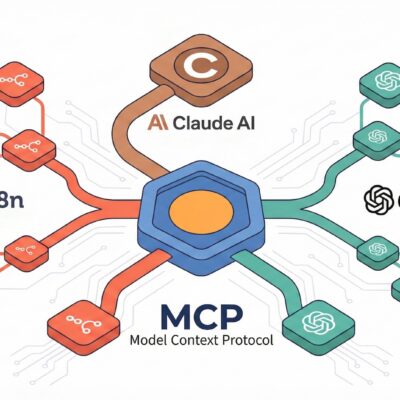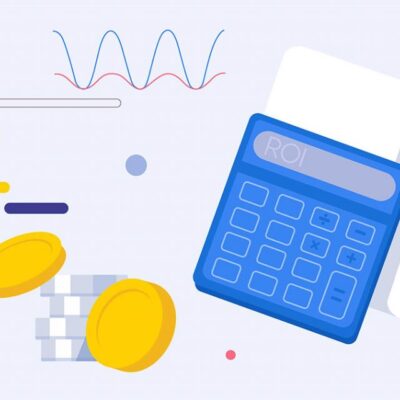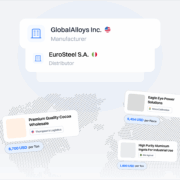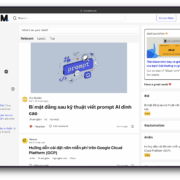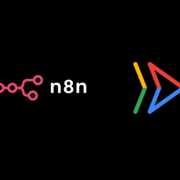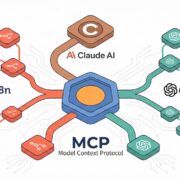If I were to start again in 2026—with no connections, no capital, and no prior knowledge of AI automation—I would follow a precise, progressive roadmap to build a successful venture. This isn’t about getting rich overnight, but about building genuine expertise and value, one deliberate step at a time.
Many aspiring entrepreneurs feel overwhelmed by AI, thinking they need to be coding wizards. The truth is, you don’t. The 4-stage blueprint I’m sharing is built like a staircase, where each step builds upon the last, making complex goals achievable.
Stage 1: Freelancing with AI Modules – Building Your Foundation
The fastest way to start and build tangible proof is by freelancing with AI modules. The key is not to build everything from scratch but to leverage existing tools and templates, like using LEGO bricks. Platforms like n8n offer pre-built workflows you can use.
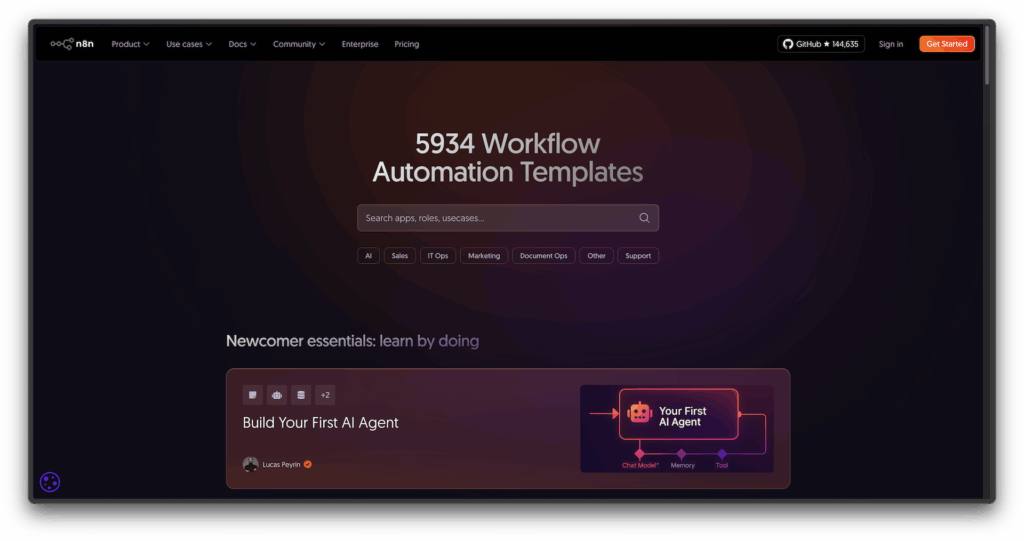
The B.U.I.L.D. Framework for Freelancers
To guide this initial phase, follow the B.U.I.L.D. framework:
- B – Block by Block: Start with one pre-built template. A single, well-understood automation is more valuable than a superficial grasp of many.
- U – Understand the Use Case: Match your chosen template to the right industry. For instance, an AI receptionist for dentists, a support agent for e-commerce stores, or a newsletter agent for coaches.
- I – Install and Imitate: Import the template, test it, and record a short 2-minute demo showcasing its function.
- L – Land the First Client: Approach businesses with a clear need for your specific automation, using your demo to pitch them.
- D – Document and Duplicate: Measure the before-and-after results: time saved, errors reduced, revenue gained. This becomes your first case study. Then, repeat the process with a new template.
Real-World Application: Jerome and the Newsletter Bot
A member in my community, Jerome, used a free newsletter-writing template. He tweaked the prompts to match his client’s brand voice. As a result, he automated 90% of their content creation process, saving them over 20 hours per month. The client paid for the outcome, not just the template.
Freelancing Stage Reality Check
- Speed to Money (8/10): You can close your first deal within days.
- Ease for Beginners (6/10): Templates lower the technical barrier, but you still need to frame the business value.
- Income Potential (3/10): Income typically caps in the mid-to-high four figures per month.
Stage 2: Elevating to AI Consulting – Strategic Impact
After a few freelance projects, you’ll realize most businesses don’t know what to automate. This is when you transition from a technician to an AI consultant who provides clarity and strategic direction.
As a consultant, you audit their entire operation and design a comprehensive roadmap. An audit can command fees of $1,000 to $5,000, with implementation plans bringing in an additional $50,000 to $100,000.
The S.C.A.N. Framework for Consultants
The consulting approach follows the S.C.A.N. framework:
- S – Study the Business: Conduct in-depth discovery calls to find bottlenecks and costly inefficiencies.
- C – Calculate the Opportunity: Translate inefficiencies into clear ROI figures. For example, if a process costs $200,000 in annual labor, show how AI can create $140,000 in savings.
- A – Architect the Solution: Design a comprehensive roadmap that mixes existing templates with custom-built solutions.
- N – Narrate the Results: Package your business-wide ROI wins into powerful case studies and share them on your website and professional platforms.
Consulting Stage Reality Check
- Speed to Money (6/10): Audit retainers can close quickly once you have established proof.
- Ease for Beginners (4/10): This stage demands a broader technical range and consulting credibility.
- Income Potential (6/10): A few strong case studies can lead to six-figure projects and put you on a path to over $1M annually.
Stage 3: Scaling into an AI Partner Agency – The Agency Model
To scale past your personal limits, you must build a team. This is the AI Automation Agency model, where you become a long-term strategic partner for your clients.
The G.R.O.W. Framework for Agencies
To scale effectively, use the G.R.O.W. framework:
- G – Get Developers: Hire reliable developers to handle the technical builds, freeing you to focus on client-facing activities.
- R – Retain Authority: Position yourself as the strategist and thought leader, guiding the vision while your team executes.
- O – Onboard Sales: Once delivery is stable, add sales reps to keep your pipeline full so you can focus on closing deals.
- W – Win with Brand: At this stage, your personal brand is your greatest asset for attracting larger, high-value contracts.
Real-World Application: The TrueHorizon Scaling Journey
When Nate (the document’s author) maxed out as a solo consultant, he partnered with Milan & Tyler to build a team. This allowed their agency,
TrueHorizon, to scale from $4,000 projects to six-figure contracts worth over $100,000 because clients viewed them as long-term AI partners.
Agency Stage Reality Check
- Speed to Money (5/10): Hiring takes time, but the increased capacity can rapidly boost revenue.
- Ease for Beginners (2/10): This is not a starting point; it requires mastering the consulting stage first.
- Income Potential (8/10): An AI partner business can generate $1M-$10M annually if executed correctly.
Stage 4: Teaching AI Automation – The Ultimate Leverage
The most profitable and high-leverage stage is teaching AI automation. This involves packaging your expertise into content and communities for recurring, scalable profit.
The S.H.A.R.E. Framework for Teaching
The strategy for a teaching platform follows the S.H.A.R.E. framework:
- S – Show: Demonstrate unique and impressive automations that genuinely solve problems.
- H – Hook: Offer a valuable free resource, such as a template in a Skool group, to build trust.
- A – Attract: Deliver consistent value within the free community to nurture your audience.
- R – Recommend: Pitch a paid community or membership as the natural next step for those seeking deeper knowledge and support.
- E – Expand: Continuously produce new videos and templates. Every new solution becomes content that grows your audience and recurring revenue.
Nate’s Personal Funnel
Nate’s model is simple: he shares valuable automations on
YouTube, funnels viewers into a free Skool group with resources, and then upsells a paid community for advanced learning. This model has grown to generate over $150,000 in monthly profit.
Teaching Stage Reality Check
- Speed to Money (4/10): Building an audience takes consistent time and effort.
- Ease for Beginners (1/10): This is the most difficult step, as it requires proven, demonstrable expertise.
- Income Potential (10/10): This stage has infinite scale through subscriptions, courses, and sponsorships.
The AI Automation Roadmap: Stacking Skills for Success
The journey to making money with AI is a progressive one. Do not skip steps. The roadmap is a staircase that compounds your skills and income:
1. Freelancer → 2. Consultant → 3. Agency → 4. Teacher
- Freelancing proves you can build.
- Consulting proves you can deliver ROI.
- An Agency gives you scale.
- Teaching gives you freedom.
By following this path, each stage feels natural, and your influence and income will grow exponentially.

